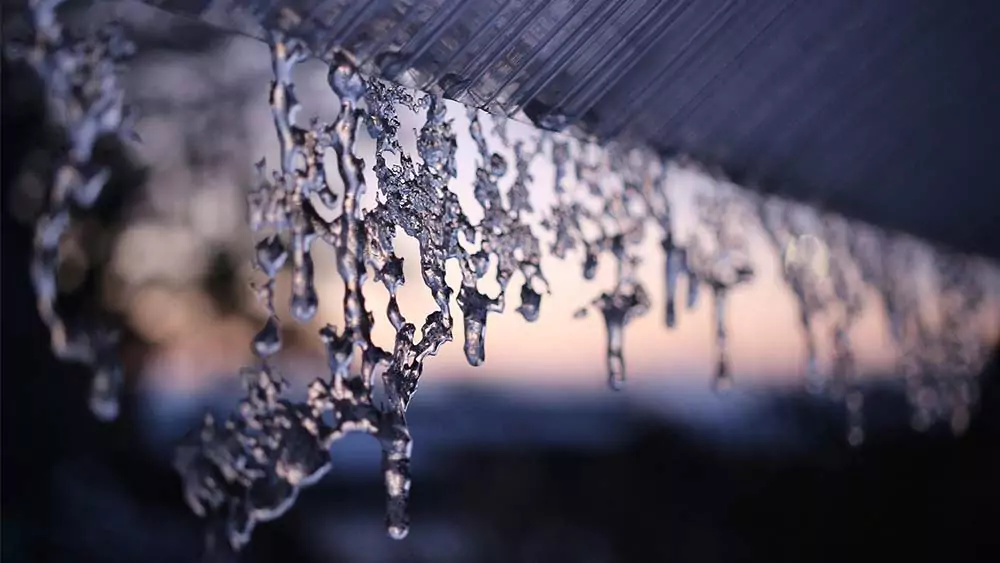When it comes to metal buildings, many owners assume their robust, steel structures are virtually indestructible. However, there’s one sneaky threat that can slowly—but surely—compromise the integrity of your building: moisture. Whether it’s from condensation, leaks, or external humidity, moisture can damage metal buildings in ways that aren’t always immediately obvious. That’s why understanding how moisture affects your building and how proper insulation for roofs can be a game-changer is crucial to protecting your investment.
The Impact of Moisture on Metal Buildings

Moisture may seem harmless, but over time, it can cause significant damage to a metal building. The most obvious effect is rust and corrosion. When metal surfaces are exposed to water or high humidity, they begin to oxidize, leading to the formation of rust. Rust weakens the metal, making it more prone to further deterioration and ultimately compromising the strength of your structure.
But it doesn’t stop there. Moisture can also lead to structural damage. As rust takes hold, it can affect the building’s beams, supports, and connections, weakening its overall integrity. In extreme cases, untreated moisture damage can lead to costly repairs or, worse, building failure. Click on the link to read about Bluetex insulation for roofs and whether you only have to install it on this part of your building.
Additionally, moisture can severely affect insulation. Once insulation becomes damp or saturated, it loses its ability to properly regulate temperature and can even promote mold growth. Mold is not only harmful to the building but can also create health hazards for anyone inside. This is why moisture management through insulation is so crucial.
Common Causes of Moisture in Metal Buildings

So, where does all this moisture come from? There are several common causes that buildings or homeowners should be aware of.
One of the most common sources is condensation. When warm, moist air inside the building comes into contact with cold metal surfaces, it can cause condensation to form, dripping onto surfaces or pooling on the floor. This is especially common during the colder months when internal temperatures fluctuate.
Read Also: Steps to Winterize Your Home
Another culprit is external moisture. Rain, snow, and humidity can infiltrate through gaps, seams, or poorly sealed windows and doors. Over time, this can lead to moisture accumulation inside the building, particularly in areas that are harder to access or monitor.
Finally, improper ventilation is often a hidden contributor. Without proper airflow, moisture gets trapped inside, leading to an increase in humidity levels, which can then exacerbate condensation and mold growth.
How Moisture Affects Different Areas of a Metal Building

Moisture doesn’t discriminate—it can affect several areas of a metal building. The walls and roof are the most vulnerable. If water gets past the outer layers of your building, it can seep into the insulation or cause rust to develop on metal surfaces. These issues can lead to a need for expensive repairs and reduced lifespan for the building’s core structure.
The floors and foundation can also suffer from moisture damage. Water can seep through gaps in the foundation, especially if the building is on a slab or if the base isn’t properly sealed. Moisture trapped in these areas can cause corrosion or weakening of foundational materials, resulting in a potentially unsafe environment.
The Role of Insulation for Roofs in Preventing Moisture Damage
Now that we understand how moisture can damage your building, let’s talk about the role of insulation in protecting your investment.
First and foremost, insulation helps to maintain a stable internal temperature. By keeping the interior temperature consistent, insulation reduces the likelihood of condensation forming on cold surfaces. This is especially important in climates where the temperature varies drastically between day and night.
In addition to thermal regulation, vapor barriers are a key feature of high-quality insulation. Vapor barriers are designed to prevent moisture from penetrating the walls and ceiling, ensuring that water vapor doesn’t get trapped inside your building. This is crucial because trapped moisture can lead to the issues we’ve already discussed, like rust, mold, and degraded insulation.
Finally, proper insulation also improves energy efficiency. By preventing heat from escaping in the winter and keeping the building cooler in the summer, insulation reduces the demand for heating and cooling systems. This results in lower energy bills and a more comfortable environment inside the building.
Conclusion: Insulation Solutions for Roofs
Moisture may be a silent killer, but with the right insulation, you can protect your metal building from its damaging effects. Investing in quality insulation not only helps prevent rust and corrosion but also improves energy efficiency and prolongs the life of your structure. Whether you’re building a new metal building or upgrading an existing one, make sure you address moisture concerns head-on with proper insulation and vapor barriers. This small investment will pay off in the long run by saving you time, money, and frustration.
Related Content: Ways to Prevent Climate Change





